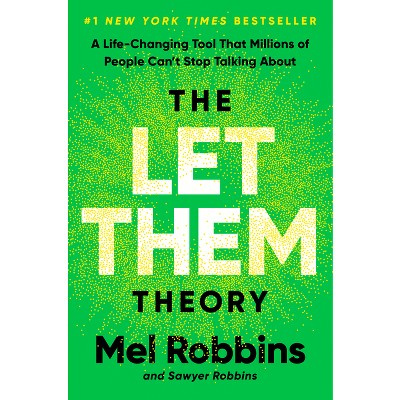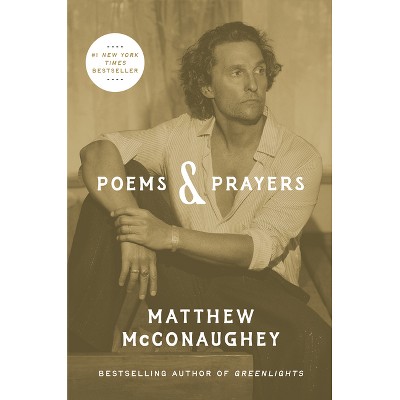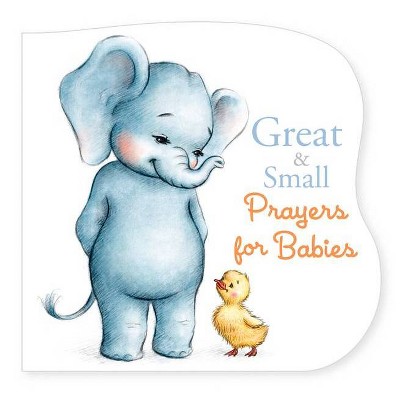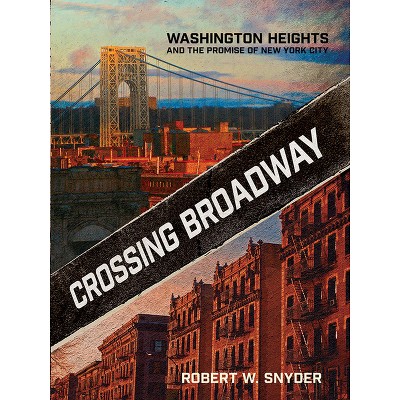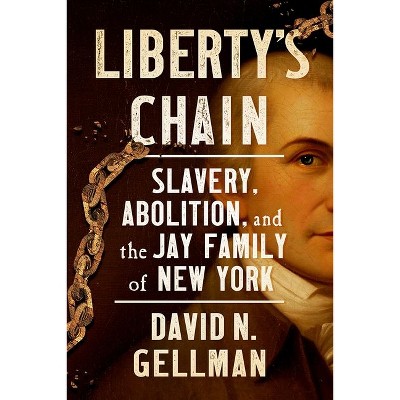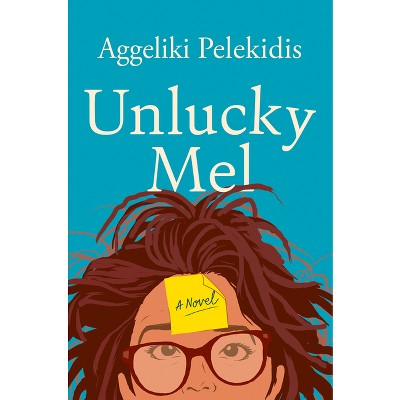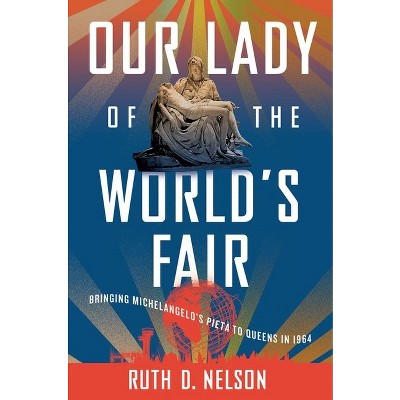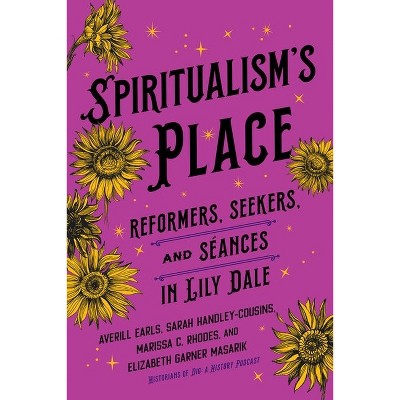Sponsored

The Loneliest Places - by Rachel Dickinson (Paperback)
In Stock
Sponsored
About this item
Highlights
- "A child's suicide pitches you into a hellish place of fragmentary images, the deepest depression imaginable, efforts to destroy yourself, and an almost complete break with what's happening in the world around you.
- Foreword INDIES Book of the Year Awards (Grief/Grieving) 2022 3rd Winner
- About the Author: Rachel Dickinson is a travel writer, essayist, artist, and award-winning author.
- 248 Pages
- Psychology, Suicide
Description
About the Book
"The Loneliest Places is a memoir in essays of a mother's journey through grief after the suicide of her teenaged son."--Book Synopsis
"A child's suicide pitches you into a hellish place of fragmentary images, the deepest depression imaginable, efforts to destroy yourself, and an almost complete break with what's happening in the world around you. That was my experience. I wish it upon no one."
The essays of The Loneliest Places began as a chronicle of Rachel Dickinson's life after her son's suicide. The pieces became much more. Dickinson writes the unimaginable and terrifying facts of heartbreaking loss. In The Loneliest Places she tells stories from her months on the run, fleeing her grief and herself, as she escapes to Iceland and the Falkland Islands--as far as possible from the memories of her dead son, Jack. She frankly relates the paralyzing emotion that sometimes left her trapped in her home, confined to a single chair, helplessly isolated.
The tales from these years are bleak and Dickinson's journey home, back to her changed self and fractured family, is lonely. Conjuring Emily Dickinson, however, she describes how hope was sighted, allowed to perch, and then, remarkably, made actual.
Review Quotes
Absorbing, thoughtful and thought-provoking, The Loneliest Places is an extraordinary testament to love and loss, a child's suicide and the grief that is life changing and could be soul destroying if note dealt with successfully. Exceptionally well written.
-- "Midwest Book Review"An elegant memoir.
-- "Pyschology Today"Dickinson's meditative style and use of metaphor elevate what might otherwise be simply a beautiful, detailed description of place, flora, and fauna to a much deeper study of what nature has to teach us about ourselves and our relationships.
-- "Hippocampus Magazine"About the Author
Rachel Dickinson is a travel writer, essayist, artist, and award-winning author. Follow her on X @rachelbirds.
Shipping details
Return details
Trending Non-Fiction
